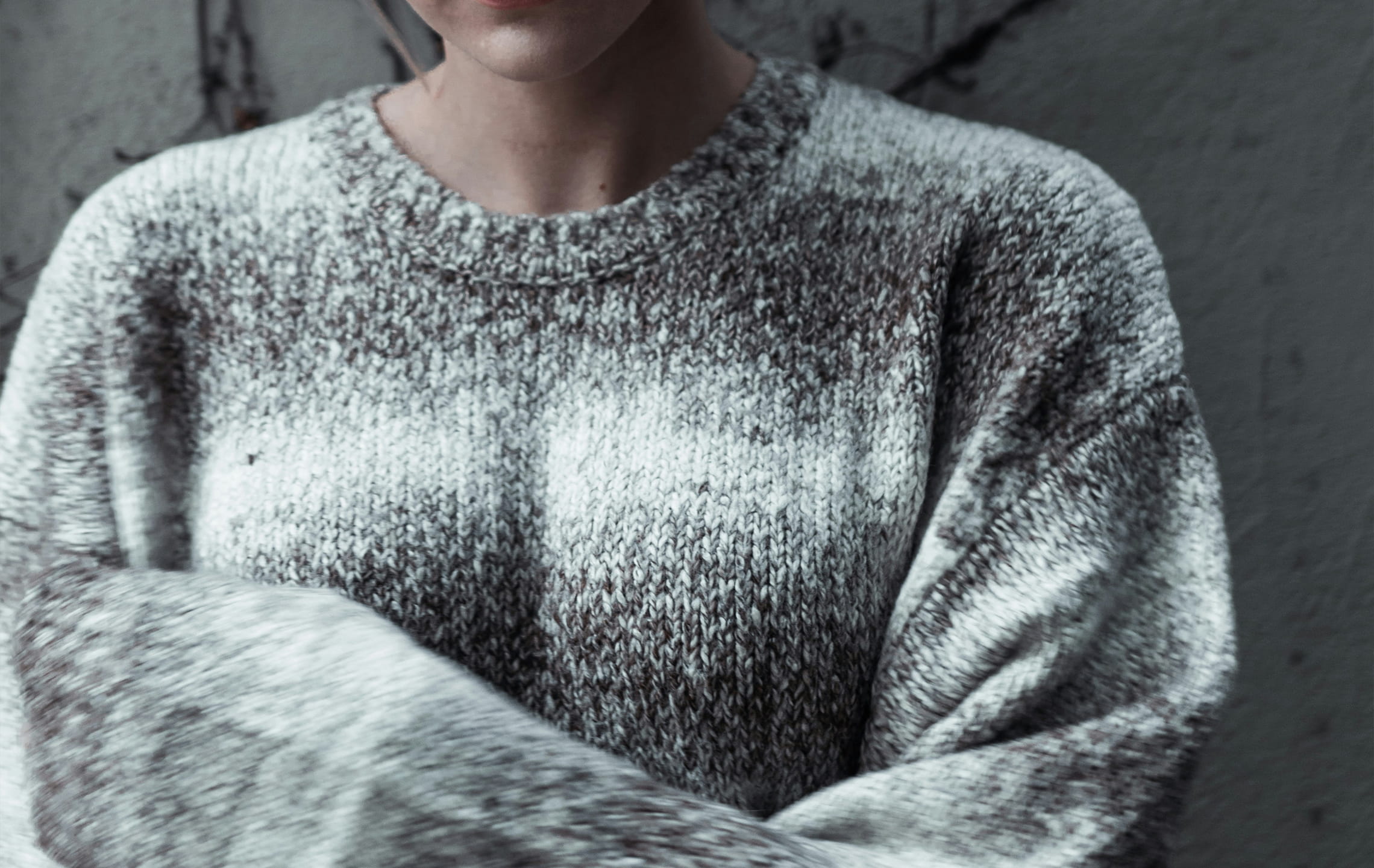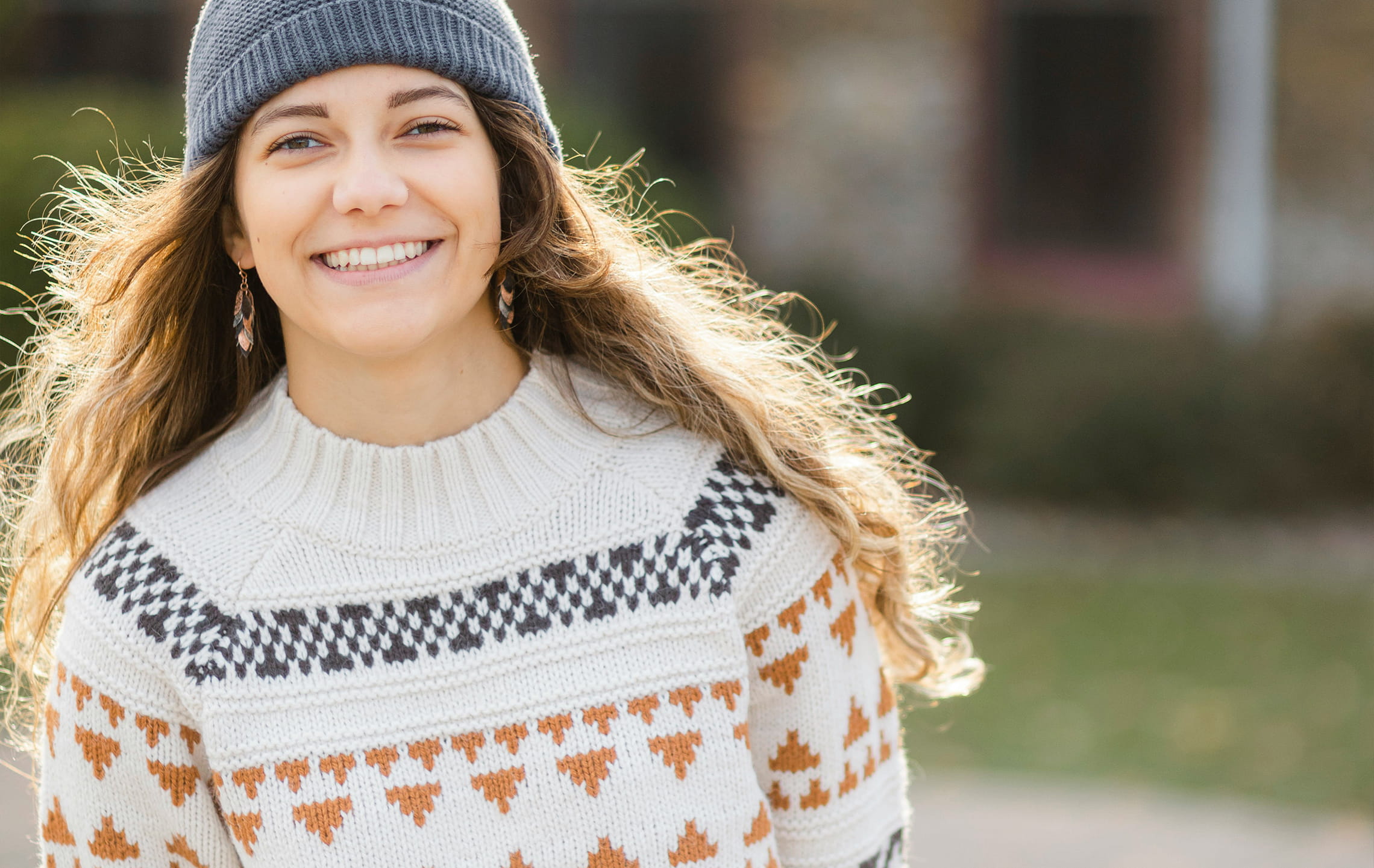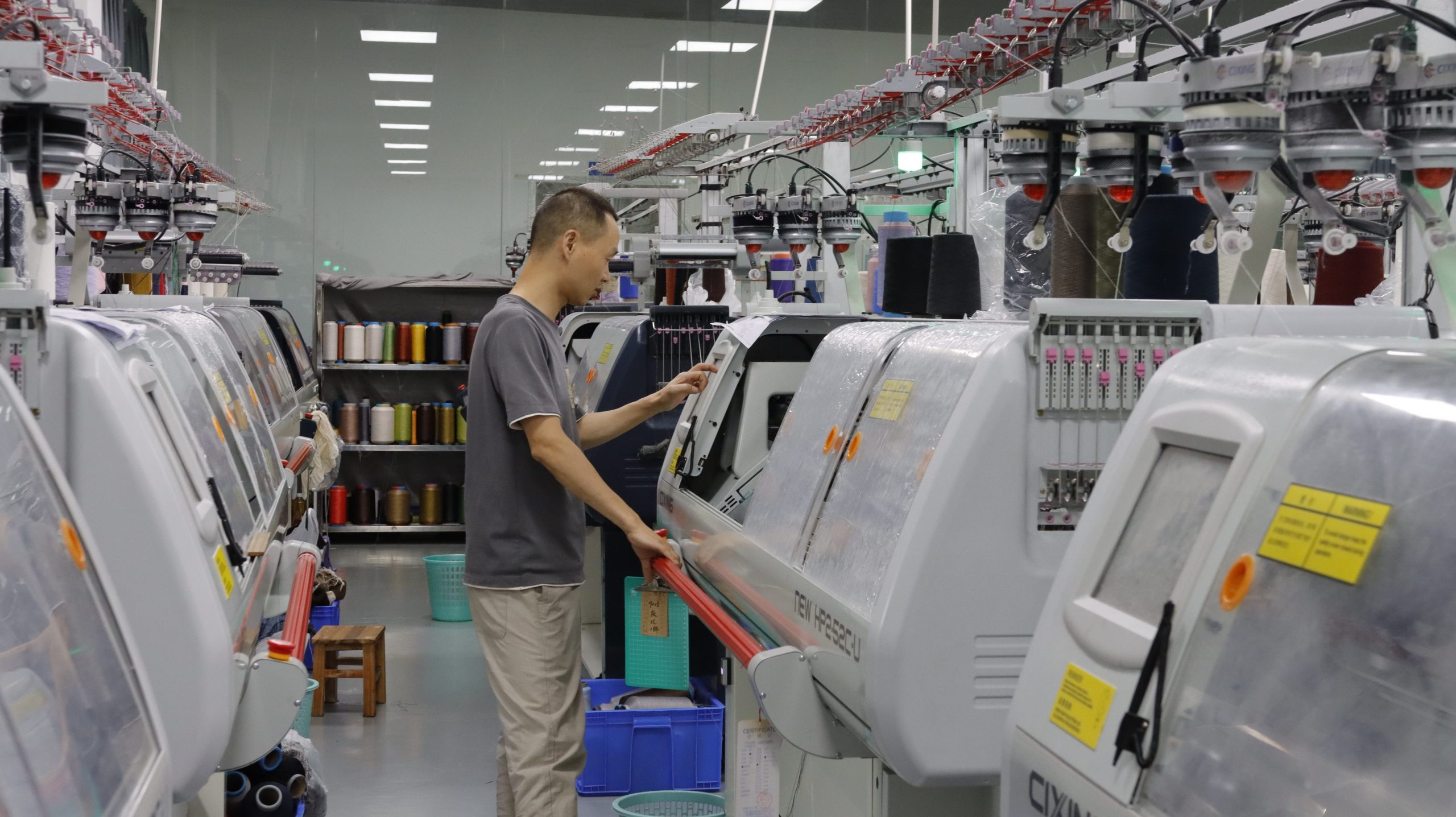Innan du väljer en garnfärg är det viktigt att veta vilket projekt du gör, oavsett om det är en tröja, halsduk eller annat hantverk. Olika projekt kan kräva olika färgkombinationer, så bestäm önskat färgområde baserat på typen av projekt.
När man gör olika typer av hantverk är behovet av garnfärg också olika. Till exempel, när man gör babytröjor, brukar mjuka och varma färger, som ljusrosa och ljusblått, väljas för att tillföra en söt och varm atmosfär; När du gör halsdukar eller sjalar kan du vara mer vågad att välja färgglada, ljusa och livliga färger för att göra arbetet mer attraktivt.
Dessutom kan olika projekt kräva olika mängder färg. Vissa komplexa mönster eller mönster kan behöva flera färger för att visa, medan enkla mönster kanske bara behöver en eller två färger. Därför, när man bestämmer projektets behov, är det nödvändigt att ta hänsyn till antalet färger som krävs och matchningsförhållandet för att säkerställa att det slutliga arbetet uppnår önskad effekt.
Personlig preferens och stil
Alla har olika färgpreferenser och stilar, vissa människor föredrar ljusa och levande färger, medan andra föredrar mjukare toner. När du väljer garnfärger bör du därför överväga dina egna preferenser och personlig stil för att säkerställa att du väljer den färg som passar din smak.
Personal preferences and styles will directly affect the overall effect and personality of the final work. If you prefer a fresh and elegant style, you can choose soft colors such as pink, light blue or pale yellow to create a gentle and charming handmade work; If you prefer a fashion-forward style, choose bright reds, oranges or purples to show off your flamboyant personality.
Therefore, when considering personal preferences and styles, it is necessary to pay attention to the match with the needs of the project to ensure that the selected color can be unified with the overall style of the work to achieve the best visual effect.
Prefer bright and bright colors
Some people are naturally attracted to bright, bright colors. They seek energy, enthusiasm, and publicity. For such people, when choosing yarn colors, they are more inclined to choose warm colors such as bright red, orange, and yellow or cool colors such as bright blue, green, and purple. These colors make people feel excited and happy, and can inject vitality and movement into handicrafts. For example, when making summer clothing, choose bright orange or bright green, which can make people feel the freshness and vitality of summer, and increase the confidence and charm of the wearer.
Prefer soft colors
Andra föredrar mjukare toner, föredrar en känsla av elegans, ömhet och delikatess. När de väljer garnfärger kan sådana personer vara mer benägna att välja mjukt rosa, ljusblått, ljusgrönt och andra färger, eller välja neutrala toner som ljusgrå och ljusbrun. Dessa färger ger människor en bekväm och varm känsla, lämplig för att göra varma och romantiska hantverk. Att till exempel välja en ljusrosa eller ljusblå för att väva en halsduk kan skapa en mild, elegant atmosfär som får människor att känna sig fridfulla och avslappnade.
Att känna till dina preferenser och stil är avgörande när du väljer garnfärger. Oavsett om du gillar ljusa och ljusa färger eller föredrar mjuka och varma toner, kan du välja rätt garnfärg efter dina personliga preferenser och göra hantverk som matchar din egen stil.
Välj färger som stämmer överens med din miljö
På sommaren skiner solen och klimatet är varmt och folk är gladare. Det här är säsongen för att välja fräscha och ljusa färger för att göra hantverk. Till exempel är ljusorange, fräscht grönt, klarblått etc. bra val. Dessa färger kan få människor att känna sig svala och energiska och komplettera sommaratmosfären. Att göra en tröja eller halsduk i en ljus färg kan inte bara lägga till doften av sommar, utan också få människor att känna sig en uppfriskande sval och ge människor en fräsch känsla.
In contrast, the winter is more suitable for choosing warm tones of yarn. In the cold winter, people are more eager for warmth and comfort, and warm colors of yarn can just meet this need. For example, warm colors of red, orange, yellow, etc., can give people a warm feeling, let people feel the warmth and ease of home. Choosing these colors to make handicrafts can not only add to the warm atmosphere of winter, but also bring a feeling of pleasure and comfort. Make a warm color sweater or scarf, not only can keep warm, but also let people feel the warmth and happiness of winter.
In summary, observing the surrounding environment and the season is an important reference factor in choosing the color of the yarn. Choose fresh and bright colors in summer to add a cool and vibrant feel; In the winter, choose warm colors of yarn, which can bring warmth and comfort. Therefore, when making handicrafts, it is necessary to choose the appropriate yarn color according to the surrounding environment and season, in order to add the beauty and emotional expression of the work.
Choose a secondary color that is close to the main color
När man väljer garnfärger är det en vanlig strategi att överväga hjälpfärger som ligger nära huvudnyansen. Denna kombination kan bidra till att skapa en mjuk, harmonisk visuell effekt, vilket gör att det övergripande arbetet ser mer enhetligt och balanserat ut. Låt oss till exempel säga att du gör en tröja med en ljusblå färg som dominerande färg. Om du i det här fallet väljer en färg nära ljusblått som sekundärfärg kan det inkludera ljusblågrå, ljus havsblå eller ljusgrön. Dessa färger är nära huvudtonen, men inte identiska, och kan lägga till lite variation och lager till arbetet. Genom denna kombination kommer hela tröjan att presentera en mild, mjuk atmosfär, lämplig för lugna, lugnande tillfällen eller framhäva den mjuka stilen av modekollokation.
Another common way to match is to choose a color that contrasts sharply with the main tone. This combination can produce a strong visual impact, making the work more prominent and eye-catching. For example, if your dominant color is a deep purple, the contrasting colors might include bright yellows, vivid oranges, or crisp turquoise. These colors form a strong contrast with the main tone, making the overall work more lively. This style is suitable for items that want to attract attention, show energy and personality, such as fashion accessories or personalized handicrafts.
In the selection of yarn color, according to their own preferences, the style and needs of the work and the surrounding environment and other factors to consider the relationship between collocation and contrast. No matter what kind of collocation method is chosen, it should pay attention to the coordination and balance of the overall effect to ensure that the final work is in line with their expectations and aesthetic requirements.

 English
English Deutsch
Deutsch Français
Français Italiano
Italiano Español
Español Русский
Русский Polski
Polski Nederlands
Nederlands Svenska
Svenska

